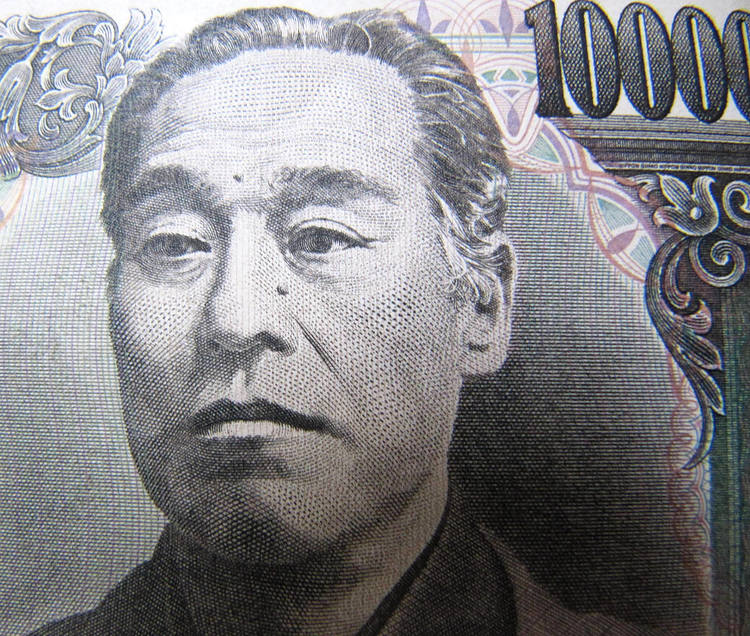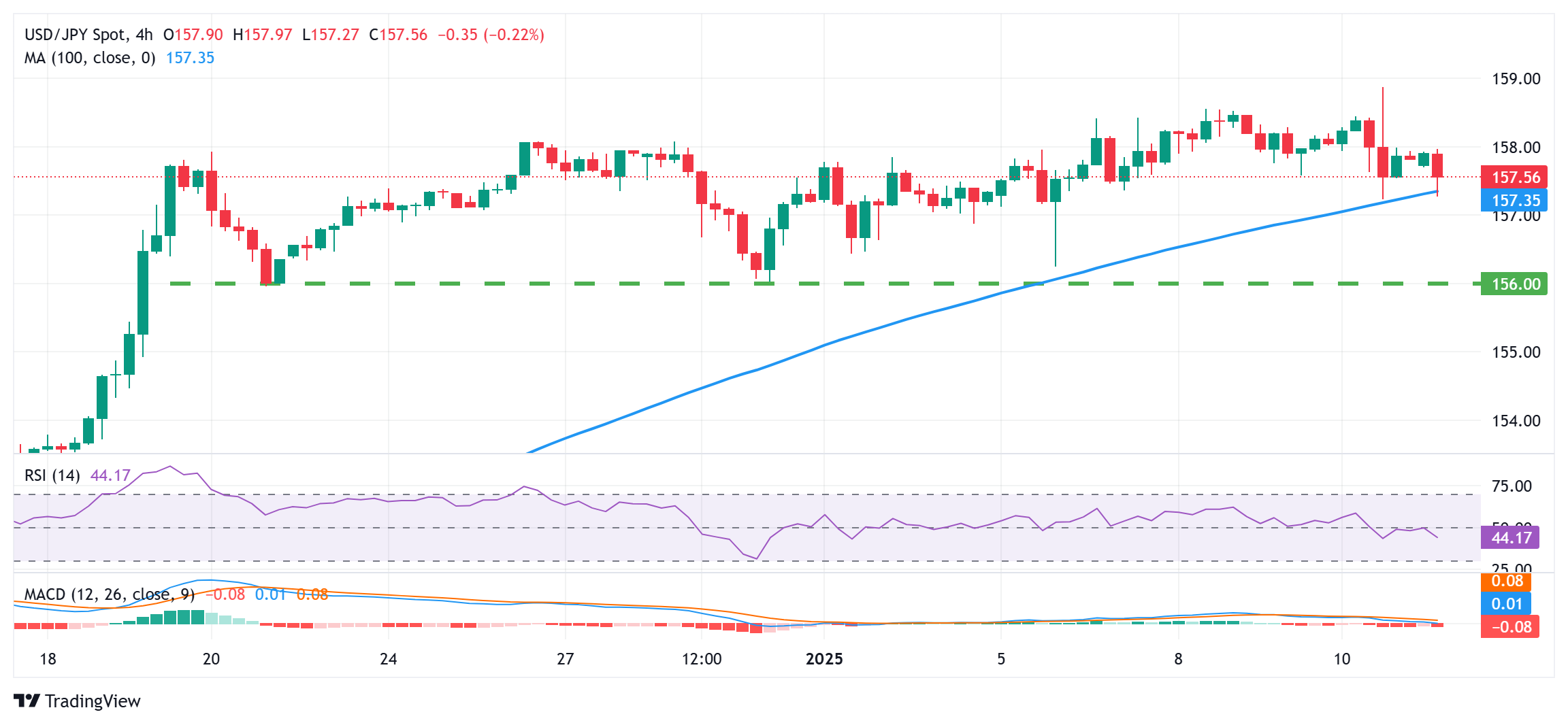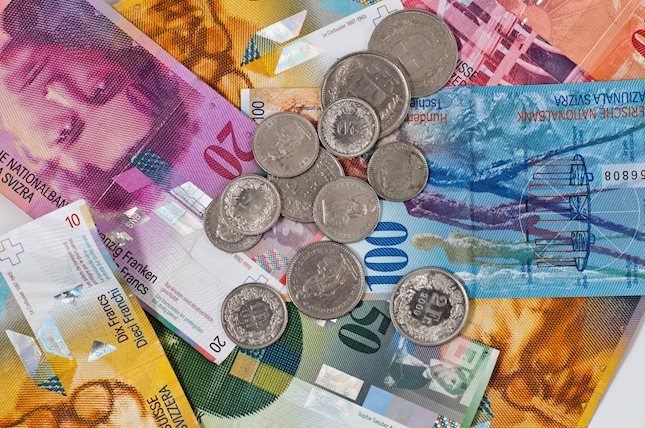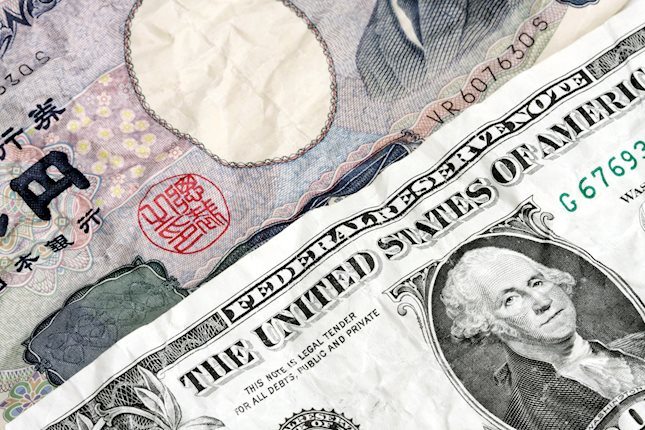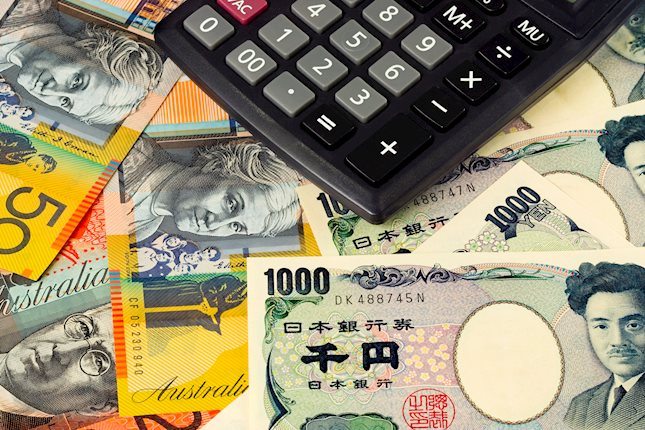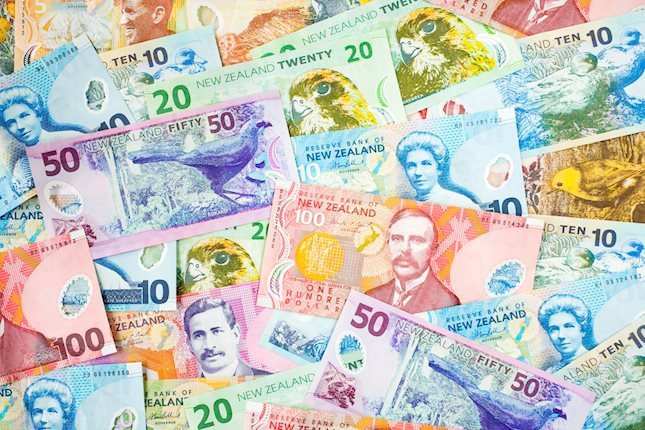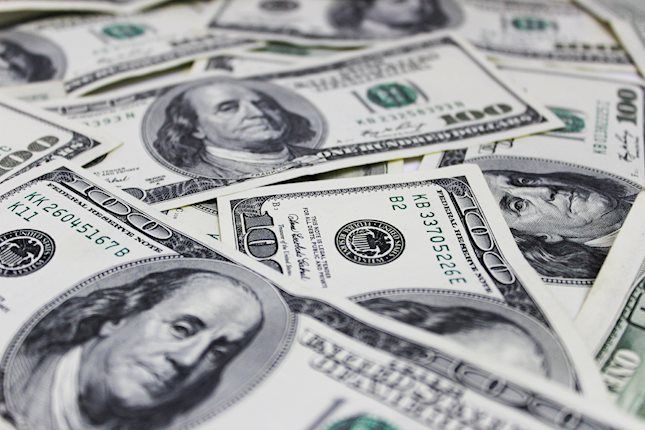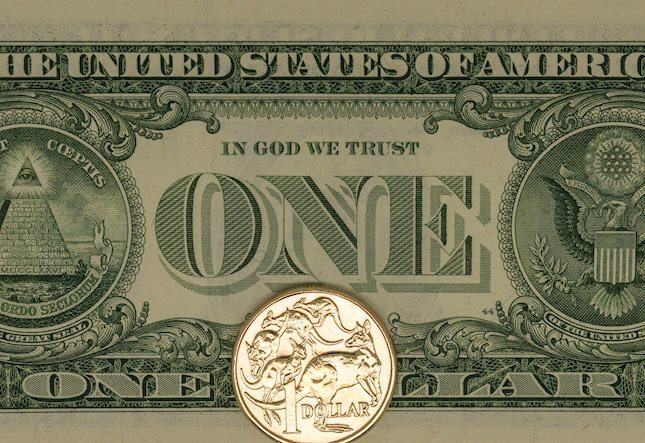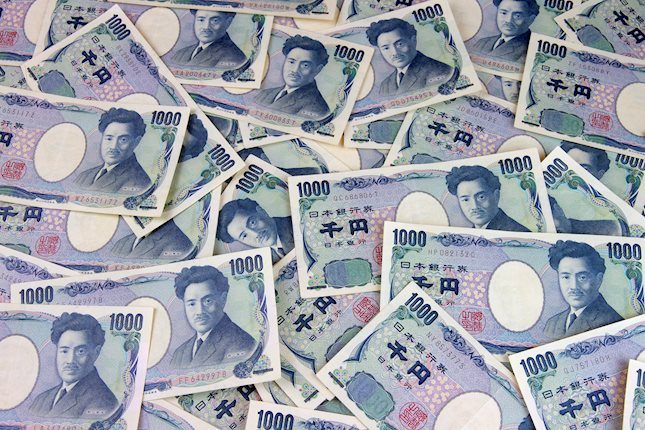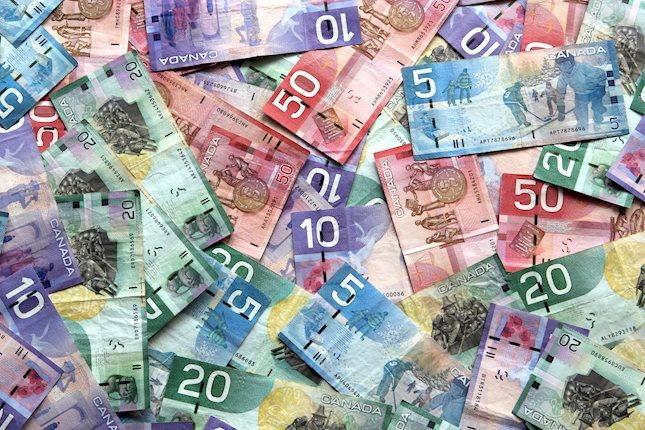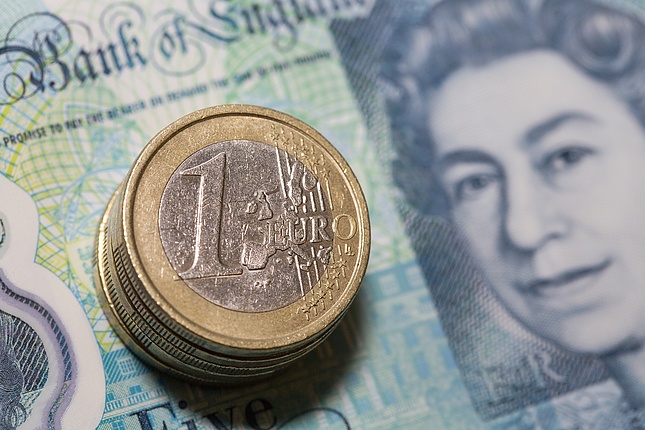Japanese Yen struggles to capitalize on intraday gains amid BoJ uncertainty, bullish USD
- The Japanese Yen attracts safe-haven flows and strengthens for the third straight day.
- The BoJ rate hike uncertainty is holding back the JPY bulls from placing fresh bets.
- Hawkish Fed expectations underpin the USD and lend support to the USD/JPY pair.
The Japanese Yen (JPY) remains on the front foot against its counterpart for the third straight day, though it lacks follow-through amid wavering Bank of Japan (BoJ) rate hike expectations. The broadening inflationary pressure in Japan keeps the door open for another BoJ rate hike in January or March. That said, some investors expect that the BoJ may wait until April to seek confirmation that strong wage momentum will carry over into the spring negotiations. This, in turn, is holding back the JPY bulls from placing aggressive bets.
Furthermore, the recent widening of the US-Japan yield differential, bolstered by hawkish Federal Reserve (Fed) expectations, contributes to keeping a lid on the lower-yielding JPY. Meanwhile, growing acceptance that the Fed will pause its rate-cutting cycle later this month keeps the US Dollar (USD) firm near its highest level in over two years and lends support to the USD/JPY pair. That said, the risk-off impulse – as depicted by a weaker tone around the equity markets – continues to underpin demand for the traditional safe-haven JPY.
Japanese Yen sticks to modest intraday gains amid a weaker risk tone; lacks bullish conviction
- A mix of geopolitical tensions and rate jitters temper investors' appetite for riskier assets, which, in turn, benefits traditional safe-haven assets and drives flows towards the Japanese Yen for the third straight day on Monday.
- The Office of Foreign Assets Control (OFAC) said on Friday that the US and the UK administration imposed tougher sanctions against Russia's oil industry, targeting nearly 200 vessels of the so-called shadow fleet.
- The Russian Defence Ministry said on Sunday that Russian forces have carried out strikes on Ukrainian military airfields, personnel and vehicles in 139 locations using its air force, drones, missiles and artillery.
- In an apparent violation of the ceasefire agreement between Israel and Hezbollah, more Israeli strikes have been reported in Lebanon. Moreover, Israeli strikes continued across Gaza amid renewed ceasefire talks.
- The US Bureau of Labor Statistics (BLS) reported on Friday that Nonfarm Payrolls rose by 256,000 in December compared to 212,000 in the previous month and market expectations for a reading of 160,000.
- Other details showed that the Unemployment Rate unexpectedly edged lower to 4.1% from 4.2%, while annual wage inflation, as measured by the change in the Average Hourly Earnings, declined to 3.9%.
- The upbeat US jobs report reinforced market expectations that the Federal Reserve will pause its rate-cutting cycle at its upcoming policy meeting later this month amid lingering inflation and political uncertainty.
- This, in turn, pushed the US Dollar to over a two-year peak and the US Treasury yields to the highest in over a year, widening the US-Japan yield differential, which should cap the upside for the lower-yielding JPY.
- The market focus now shifts to the release of the US Producer Price Index (PPI) and the US Consumer Price Index (CPI) on Tuesday and Wednesday, respectively, which will play a key role in influencing the USD/JPY pair.
USD/JPY could accelerate the corrective pullback once 156.80-156.75 support is broken
From a technical perspective, Friday's low, around the 157.20-157.20 region, could offer immediate support ahead of the 157.00 mark and the 156.80-156.75 support zone. Any further weakness could be seen as a buying opportunity near last week's swing low, around the 156.25-156.20 area. This should help limit the downside for the USD/JPY pair near the 156.00 mark, which if broken decisively might shift the near-term bias in favor of bearish traders and pave the way for deeper losses.
On the flip side, the Asian session high, around the 158.00 neighborhood, now seems to act as an immediate hurdle ahead of the 158.45-158.50 region and the 158.85-158.90 zone, or the multi-month peak touched on Friday. Some follow-through buying beyond the 159.00 mark will be seen as a fresh trigger for bulls and lift the USD/JPY pair towards the next relevant hurdle near mid-159.00s en route to the 160.00 psychological mark.
Fed FAQs
Monetary policy in the US is shaped by the Federal Reserve (Fed). The Fed has two mandates: to achieve price stability and foster full employment. Its primary tool to achieve these goals is by adjusting interest rates. When prices are rising too quickly and inflation is above the Fed’s 2% target, it raises interest rates, increasing borrowing costs throughout the economy. This results in a stronger US Dollar (USD) as it makes the US a more attractive place for international investors to park their money. When inflation falls below 2% or the Unemployment Rate is too high, the Fed may lower interest rates to encourage borrowing, which weighs on the Greenback.
The Federal Reserve (Fed) holds eight policy meetings a year, where the Federal Open Market Committee (FOMC) assesses economic conditions and makes monetary policy decisions. The FOMC is attended by twelve Fed officials – the seven members of the Board of Governors, the president of the Federal Reserve Bank of New York, and four of the remaining eleven regional Reserve Bank presidents, who serve one-year terms on a rotating basis.
In extreme situations, the Federal Reserve may resort to a policy named Quantitative Easing (QE). QE is the process by which the Fed substantially increases the flow of credit in a stuck financial system. It is a non-standard policy measure used during crises or when inflation is extremely low. It was the Fed’s weapon of choice during the Great Financial Crisis in 2008. It involves the Fed printing more Dollars and using them to buy high grade bonds from financial institutions. QE usually weakens the US Dollar.
Quantitative tightening (QT) is the reverse process of QE, whereby the Federal Reserve stops buying bonds from financial institutions and does not reinvest the principal from the bonds it holds maturing, to purchase new bonds. It is usually positive for the value of the US Dollar.
Forex News
Keep up with the financial markets, know what's happening and what is affecting the markets with our latest market updates. Analyze market movers, trends and build your trading strategies accordingly.
